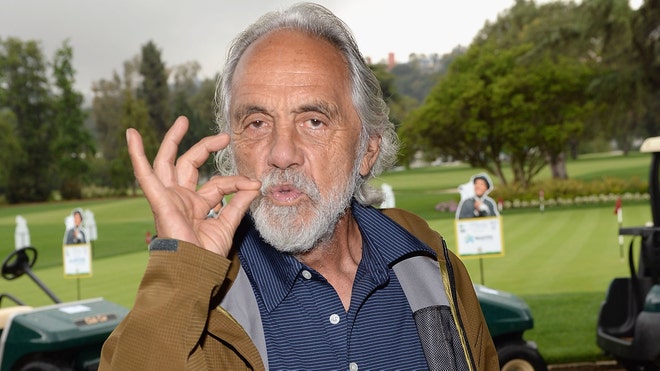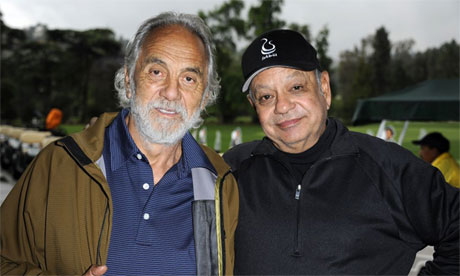“After I came out with the news last June that a cancer doctor told me I had prostrate cancer and suggested a high frequency treatment that is not approved in America and could only be done in Mexico at the cost of $25,000, I immediately looked at alternatives.
I contacted my nephew in Vancouver, who was about to become a doctor, and he suggested I meet with a Dr. McKinnon in Victoria, BC. That doctor changed my diet and put me on supplements, and within a year I brought my PSA numbers down drastically and eliminated the cancer threat.
I also treated the condition with hemp oil (hash oil). With the diet, the supplements and the hash oil, plus a session with a world-renowned healer, Adam Dreamhealer, I’m cancer-free.
That’s right, I kicked cancer’s ass!
So the magic plant does cure cancer with the right diet and supplements. I’m due for another blood test, MRI, etc., but I feel the best I’ve felt in years. And now for a celebration joint of the finest Kush…”
http://www.celebstoner.com/blogs/tommy-chong/2013/05/06/tommy-chong-im-cancer-free!/








